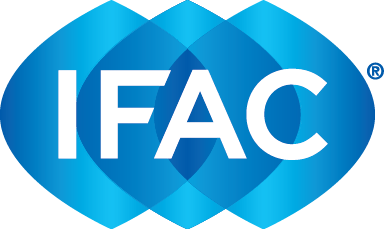If I tell you it is going to rain tomorrow and you have outdoor plans, I have given you useful information. But I have not yet solved all of your problems: maybe you will only need to pack an umbrella or maybe you need to cancel your plans or move it indoors. In other words, even if you knew a risk event, the possible consequences and their likelihoods in advance, you still need to determine how best to respond. This is where scenario analysis comes into play and can help.
Scenario analysis in brief
The International Organization for Standardization (ISO)’s 31010: Risk Assessment Techniques standard describes scenario analysis as, “the development of descriptive models of how the future might turn out.” ISO goes on to say scenario analysis “can be used to identify risks by considering possible future developments and exploring their implications. Sets of scenarios reflecting (for example) ‘best case’, ‘worst case’, and ‘expected case’ may be used to analyze potential consequences and their probabilities for each scenario as a form of sensitivity analysis when analyzing risk.”
The objectives of scenario analysis vary, but the process is generally:
- Setting an intended objective and determining the context (internal and external environment) in which that objective needs to be achieved;
- Determining a limited series of possible outcomes and the assumptions underlying the achievement of those outcomes;
- Identifying, analyzing, and evaluating events—positive (opportunities) or negative (threats)—that may or may not occur, which range from the probable to the highly improbable and might enable or thwart achievement of those outcomes;
- Considering existing strengths and weaknesses in an organization’s staff, procedures, and resources to deal with an event or its possible consequences; and
- Determining a series of supplementary actions needed to appropriately address the remaining and unwanted risk.
By going through the cause-and-effect sequence of creating a story, our imaginations may identify other variables. When groups of individuals engage in this exercise together, the number of newly detected variables increases.
As a simple example, a group of business executives, each representing specific functions within an organization (e.g., sales, marketing, product development, accounting, and human resources), are challenged to imagine the effect of different types of disaster scenarios on their business—a significant hurricane, a terrorist attack, an earthquake, and an health epidemic. Although the parameters of the exercise are the same for everyone, each participant applies his or her imagination to how these developments could play out.
One participant may note that the primary threat from a hurricane is about flood damage to regional infrastructure, which interrupts the transportation of goods—they may not even consider flood damage for business facilities. Another participant could note that a terrorist attack may not come in the form of bloodshed and physical destruction but instead be cyber-attacks on security and consumer data. Someone who has experience in an area prone to earthquakes may bring to everyone’s attention that if the business is not located in an earthquake zone where preparedness is commonplace, the implications could be even more chaotic and longer term. Another participant could call attention to the possibility that a health epidemic may not be a gruesome plague like in a movie but, rather, a really bad strain of flu that strikes a high percentage the population. For each participant in such an exercise, there are at least as many nuanced perspectives on what could happen, resulting in more descriptive scenarios to consider.
Participants also likely assess the impact of these types of events in respect to their own objectives for the company. An individual from the accounting department will likely be focused on managing financial risks while an individual from human resources will likely be focused on contingency plans for staff. Collectively, the views of participants contribute to developing a more inclusive set of scenarios, and create better plans for how to prevent events from happening and deal with consequences.
Scenario analysis and professional accountants
What ways can professional accountants provide unique contributions to scenario analysis exercises? As we are typically involved in the information provision processes of organizations, we can facilitate effective scenario analysis by providing participants with high-quality information, including explicit understanding of related risks and their potential consequences. Accountants can use scenario analysis to improve the efficient management of resources, corporate governance, and the facilitation of information.
To help facilitate efficient management of resources, accountants can provide cost/benefit analyses to assess potential impacts of scenarios. We can also plan for the movement or re-allocation of capital and other resources necessary to implement the measures deemed necessary based on the outcomes of the scenario analysis exercises. We are also able to plan for capital and other reserves to create sufficient resilience for dealing with certain events.
On the risk and governance front, we can advise on the possible responses that leave organizations vulnerable and recommend establishing internal controls, and the most appropriate internal controls for the organization. We can also suggest improvements for corporate governance arrangements to change behavior and organizational procedures.
What is your experience with scenario planning?
Scenario analysis has an important role to play in risk management. Has your organization engaged in some form of scenario analysis or does it use other methods or techniques to identify and assess risk to achieving your organization’s objectives?

